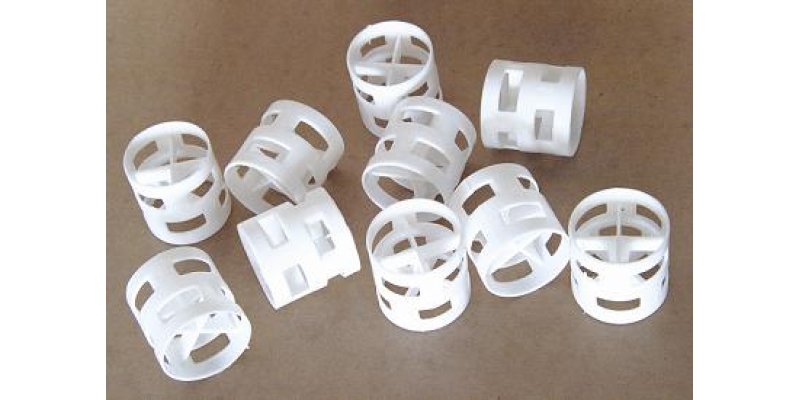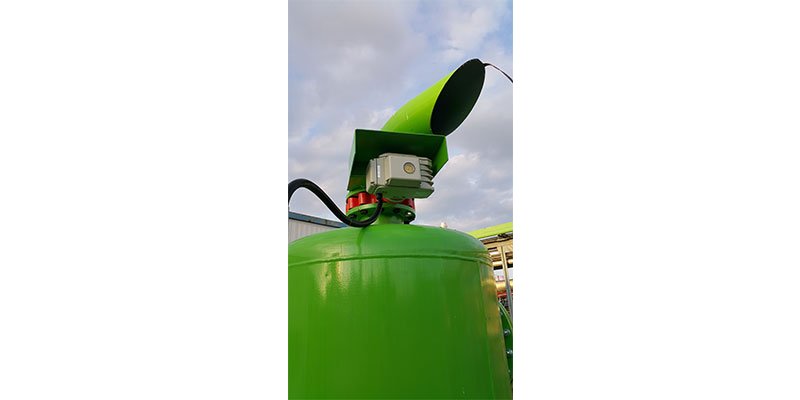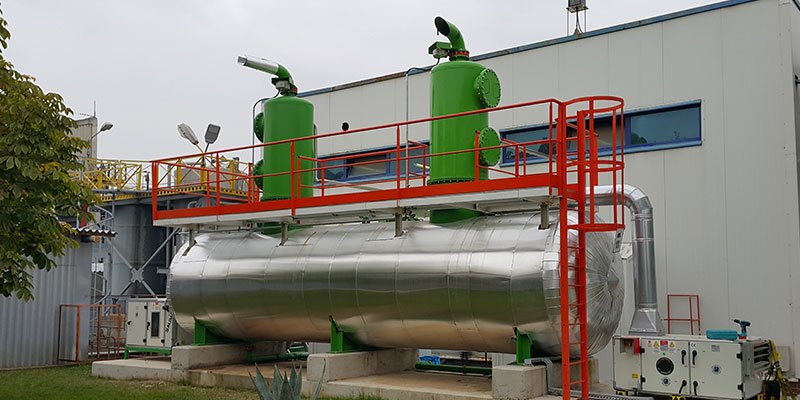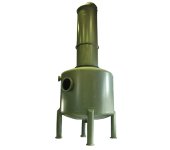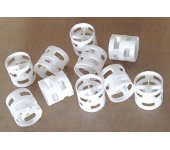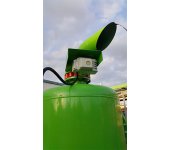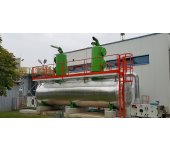Aqualine Degassifier Systems are used to remove dissolved gasses such as Carbon Dioxide (CO2) and Hydrogen Sulphide (H2S) from water..
AQUALINE DEGASSIFIER SYSTEMS
Aqualine Degassifier Systems are used to remove dissolved gasses such as Carbon Dioxide (CO2) and Hydrogen Sulphide (H2S) from water. Water enters the unit from a distribution diffuser at the top, it then flows down through a bed of distribution spheres which break up the flow of water. An air flow is provided by a large fan in the bottom of the unit and the air flows upward through the water, giving intimate contact of air and water. This scrubs the gasses from the water and the gasses are vented from the top of the unit while purified water flows from the bottom.
DEGASIFICATION SYSTEMS
Degasification systems remove both naturally occurring gases and gases that are byproducts of various stages of water treatment, reducing the load on your ion exchange systems. Using these simple and cost-effective systems can dramatically reduce the frequency of resin regeneration cycles. And they are virtually maintenance free.
THE FORCED DRAFT DECARBONATORS
The Forced Draft Decarbonators consist of an atmospheric tank filled with plastic packing on top of a clearwell. Process water is sprayed from the top onto the packing, thinly spreading the water and releasing trapped carbon dioxide. The released gas is then blown out a vent in the top of the tank by a low pressure fan, and the process water flows down into a clearwell at the bottom of the unit and out to the next stage of treatment.
WHEN THIS UNIT IS NEEDED?
Forced draft decarbonators remove gas principally Carbon Dioxide from process water and are typically placed between Cation and Anion ion exchange units or either before or after an RO unit. If your process water has a high level of Carbon Dioxide, not using a decarbonator can result in the need for increased Anion resin regeneration and the associated downtime and chemical costs. Carbon Dioxide is a by product of Cation exchange and of the various acids used to control pH levels in process water.
Aqualine Degassifier Systems are used to remove dissolved gasses such as Carbon Dioxide (CO2) and Hydrogen Sulphide (H2S) from water..

